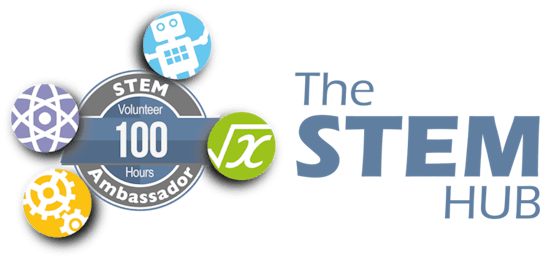-
Notifications
You must be signed in to change notification settings - Fork 0
Connections
The GTEM, Grid Tie Energy Monitor board, has been designed to be flexible and whilst providing Energy Monitoring functionality, it also has other options for experimenting.

-
AC Input
- Power safely derived from a SELV / Wall AC/AC Power Supply
- Provides AC waveform reference for accurate Real Power measurements
- Connect ideally 12V AC (can be slightly lower), to the AC/DC In terminals. (It does not matter which way round the wires go).
- DC will power the board but not provide ATM functionality such as AC Voltage or Mains Frequency
- The AC will then flow into a half-wave rectifier and to a 3V3 SMPS.
-
I2 Input
- 120uV to 600mV RMS (When Gain is 1)
- This is generally normally unused.
-
CT Clamp
- Typically a YHDC SCT-013 100A/50mA Current Transformer
- These current transformers can measure current up to 100A
- Can fit around cables that are 13mm in diameter
- They have 3.5mm jacks which plug directly into the GTEM
- A TVS diode is generally built in for safety, and to prevent open circuiting
- These output 50mA when reading 100A RMS
- Connection is a 3-Pole 3.5mm Socket
- Centre ring not used.
- Typically a YHDC SCT-013 100A/50mA Current Transformer
-
User GPIO
- GPIO 12 - Input or Output
- Note: Must be LOW at ESP Boot
- GPIO 14 - Input or Output
- GPIO 12 - Input or Output
-
OPTO Input
- GPIO33 - Input or Output
- Example devices 3DU5C, TSL257 or GL5528
- Could be used for monitoring Meter Pulses
- GPIO33 - Input or Output
-
USB
- Micro USB Connector
- GTEM board is WeMos D1 Mini flashing compatible
- Set the BOARD to ESP32, 'WEMOS D1 MINI ESP32' DEV Module (or similar).
- You can also set the BAUD rate to 921600 to speed up flashing
-
I2C/OLED
- I2C Expansion
- Standard OLED connections
- Ground / 3V3 / SCL / SDA
Additional information, and other technical details on this project, maybe found in the related repository pages.
Repository Folders
- Code (Code examples for Arduino IDE and PlatformIO)
- Datasheets and Information (Component Datasheets, Schematics, Board Layouts, Photos, Technical Documentation)
- Certification (Related Repository Project or Part, Certification Information)
Repository Tabs
- Wiki (Related Repository Wiki pages and Technical User Information)
- Discussions (Related Repository User Discussion Forum)
- Issues (Related Repository Technical Issues and Fixes)
We value our Customers, Users of our designs and STEM Communities, all over the World . Should you have any other questions, or feedback to share to others, please feel free to:
- Visit the related Project plus the related Discussions and Wiki Pages. See tab in each separate repository.
- Project Community Information can be found at https://www.hackster.io/DitroniX
- DitroniX.net Website - Contact Us
- Twitter: https://twitter.com/DitroniX
- Supporting the STEM Projects - BuyMeACoffee
- LinkedIN: https://www.linkedin.com/in/g8puo/
Dave Williams, Eastbourne, UK.
Electronics Engineer | Software Developer | R&D Support | RF Engineering | Product Certification and Testing | STEM Ambassador
Supporting STEM Learning
Life is one long exciting learning curve, help others by setting the seed to knowledge.

